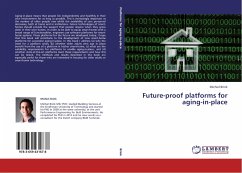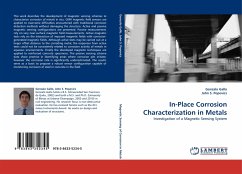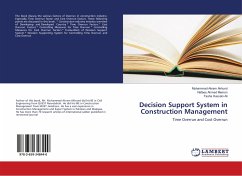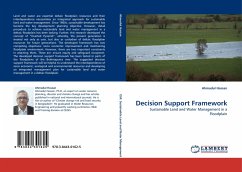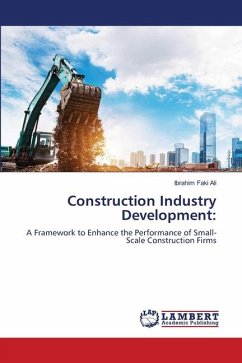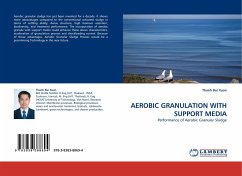Aging-in-place means that people live independently and healthily in their own environment for as long as possible. This is increasingly important as the number of older people rises whilst the availability of care personnel decreases, both at home and in institutions. Future technologies of smart-homes should provide the support that people require when they grow older in their own homes. In order to be able to equip smart-homes with a broad range of functionalities, engineers use software platforms for smart-home systems. These platforms for the future are developed today; I hope that this book will contribute to the development of new smart-home platforms for successful aging-in-place. In this book I address (a) why the need for a platform arises, (b) whether older adults who age in place benefit from the use of a platform in his/her smart-home, (c) what are the suitability requirements for platforms to enable aging-in-place, and (d) whether state-of-the-art platforms meet these requirements and how this can be tested. The methods and results described in this book are especially useful for those who are interested in housing for older adults or smart-home technology.

